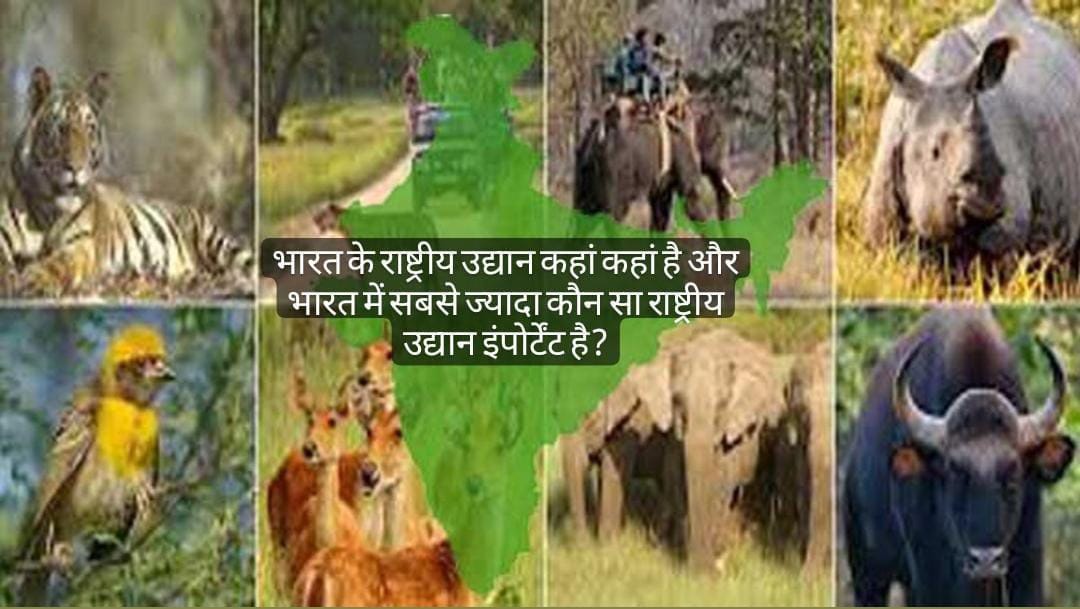
National parks are created for the protection of nature and fauna as well as for the protection of cultural and historical monuments. And the national park has been provided with a large amount of protection. In this, basically restrictions are imposed on human activities,
What is Wildlife Sanctuary?
Talking about wildlife sanctuary, it is needed to protect special species of animals and on the other hand some human activities like animal grazing can be allowed in wildlife sanctuary.
* India's Pramurav National Park and Wildlife Sanctuary North-East India is Nandhor Wildlife Sanctuary, its expansion is in Nainital and Champawat districts of Uttarakhand, it is in the discussion of being given the status of Tiger Reserve due to the increasing number of tigers and Terai Arc Landscape means Nandhor area is under TAL. It comes in Nandhor area situated between Gola and Sharda rivers; Nandhor river passes through this area is Gujarati.
*North-East India Lippa-Asara Wildlife Sanctuary is located in Kinnaur district of Himachal Pradesh Snow Leopard was seen here.
*North-East India Fakim Wildlife Sanctuary is located in Nagaland, the forest guard of this sanctuary 'Alemba Yimchunger' received the 'Earth Day Network Star Award' in the year 2019!
*North-East India Trishna Wildlife Sanctuary which is located in Tripura National Wildlife Board has given approval to ONGC for Trishna Gas Project and this project related to extraction of natural gas in Trishna Wildlife Sanctuary is here Gaur or Indian Bison, Hoolock Gibbon, Capped Species like Langur and Golden Langur are found.
*Pakke Wildlife Sanctuary, also known as Pakhui Wildlife Sanctuary in north-east India, is located in the East Kameng district of Arunachal Pradesh, its southern border meets the state border between Assam and Arunachal Pradesh. The protected part of the area falls within the catchment area of the Pakke and Kameng rivers and is home to species such as barking deer, hog deer and hornbill.
The way we talked about the garden located in the north-east, let us see how the garden is located here in the south.
*Mukurthi National Park in South India is located in Tamil Nadu, it has seen the growth of Nilgiri Tahr, it is a part of Nilgiri Biosphere Reserve, Sambhar, Barking Deer, Nilgiri Merton etc.
*South India is Bannerghatta National Park, located in Karnataka. The area around the National Park is a sensitive area for human-elephant conflict. It is a famous biological recreation center for children built in the middle of the forests in the Champakadham hills valley of Bangalore.
*South India Bandipur National Park which was in the news due to the fierce fire Bandipur National Park together with Mudumalai Wildlife Sanctuary in Tamil Nadu and Wayanad Wildlife Sanctuary in Kerala and Nagarhole National Park in Karnataka makes it the largest biosphere reserve in India ( Nilgiri Biosphere Reserve) It is home to gaur (a species of bull), sambar, chital, mouse deer, four-horned antelope, wild boar, jackal etc.
*South India Annamudi Shola National Park which is located in Kerala This national park is made up of Mannavan Shola, Idivara Shola and Pullardi Shola • It is home to wild elephant, tiger, panther, Indian bison and Nilgiri Tahr, flying squirrel, spotted deer, gaur Species of etc. are found!
*South India Anshi National Park - Karnataka Wayanad Wildlife Sanctuary, which is located in Kerala, together with Mudumalai Wildlife Sanctuary in Tamil Nadu, Bandipur National Park and Nagarhole National Park in Karnataka, forms the largest biosphere reserve in India (Nilgiri Biosphere Reserve) Park And it is elephant, gaur, tiger, leopard, sambar, spotted deer, barking deer, wild boar, Nilgiri langur, Malabar giant squirrel etc. species are found!
*South India Parambikulam Wildlife Sanctuary which is located in the state of Kerala. The sanctuary has 3 man-made reservoirs named Parambikulam, Thankadavu, and Peruvarippallam and it is home to leopard, elephant, gaur, spotted deer, sambar, nilgiri langur, etc.? !
*South India Megamalai Wildlife Sanctuary is located in Theni and Madurai district of Tamil Nadu.
*West, Central and East India Banni Grassland located in Gujarat It is the largest natural grassland of the Indian subcontinent It shares its geographical boundary with Sindh in Pakistan as well as parts of Baluchistan and Afghanistan Banni National Park Home to 22 ethnic communities Along with it is the house of 'Maldhari' shepherds!
*West, Central and East India Bandhavgarh National Park is located in Madhya Pradesh It extends over the Vindhya Hills It is famous for the highest tiger population density in India and Royal Bengal Tigers Currently a famous natural habitat for the white tiger!
* West, Central and East India Nauradehi Sanctuary, which has been talked about reviving the Cheetah Re-Introduction Project of the said sanctuary with the National Tiger Conservation Authority located in Madhya Pradesh!
*West, Central and East India is Bhitarkanika National Park which is situated in Kendrapara district of Odisha. It is one of the largest mangrove eco system in India. It is home to sea turtles, leopard cat, fishing cat, wild cat, hyena, wild boar, spotted Species like deer, sambar, dolphin, salt water crocodile etc. are found and situated on the estuaries of Brahmani, Baitarani, Dhamra and Mahanadi river.
* West, Central and East India Gahirmatha Marine Wildlife Sanctuary, which is located in Odisha, is famous for Olive Ridley turtles.
*West, Central and East India Chandka Dampara Sanctuary is located in Odisha and it has been in discussion due to the beginning of accumulation of bamboo rice, a species of rice grown in bamboo.
*West, Central and East India Jaldapara National Park which is located in West Bengal. It is famous for the one horned rhinoceros, it is home to species of bison, deer, leopards and birds such as the famous Great Babylon.
*Present National Parks of India.
If we talk about National Park under India, then there are about 104 National Parks. If we talk about Pramurav National Park and Wildlife Sanctuary of India, first of all -
* North-East India Kaziranga National Park is located which is located in Assam, a notification was issued to divide it into two divisions and the first division is 'Eastern Assam Wildlife' and the second is 'Biswanath Wildlife' Brahmaputra river separates these two divisions and a Famous for one horned rhinoceros, included in UNESCO World Heritage Site!
*India's Pramurav National Park and Wildlife Sanctuary on the other hand includes North-East India Kangchenjunga National Park located in Sikkim and India's first 'Mixed World Heritage Site' Mt. Kangchenjunga: The world's third highest peak KHANSTHENTIONER NATIONAL PARK Many ponds and other glaciers, including the Jemu glacier, are located on this mountain peak, which is included in the UNESCO World Heritage Site!
Pramurav National Park and Wildlife Sanctuary of India includes the third park, Keibul Lamjao National Park of North-East India, which is located in Manipur, it is the only floating park in the world, which is located on Loktak Lake, about 70% of the lake. The grass spread on the part is 'phumdi' and it is famous for Sangai deer (Brow-antlered deer).
Apart from this, there are some other important gardens which are located in India only, some of them are as follows.
* North-East India is Namdapha National Park which is located in Arunachal Pradesh Manas National Park- Assam and it is famous as Dudhwa National Park- Uttar Pradesh!
* Dachigam National Park in North-East India is located in Jammu and Kashmir and is famous for Kashmiri Hangul!
* North-East India is Jim Corbett National Park which is located in Uttarakhand, it is India's first national park!
*India's main tiger reserve.
Dudhwa Tiger Reserve - which is in Uttar Pradesh
Satkosia Tiger Reserve – is in Odisha
Orang Tiger Reserve – located in Assam
The country's 49th Tiger Reserve Kamlong Tiger Reserve is in Arunachal Pradesh and
The country's 50th tiger reserve is located in Sathyamangalam Tiger Reserve - Tamil Nadu.
Mudumalai Tiger Reserve – is in Tamil Nadu
Nagarhole Tiger Reserve – located in Karnataka
Bandipur Tiger Reserve – is in Karnataka
Pakke Tiger Reserve is in Arunachal Pradesh!
Importance and purpose of national park-
In 1936, the first national park in India was established as Hailey National Park. The objective of the national park was to provide conservation of biological diversity and mainly the natural environment and also to promote recreation and education.
*Prohibited work in the National Park-
National Parks are made for all species and hunting and grazing are strictly prohibited here. On the other hand, hunting can be done with permission in the sanctuaries and grazing and movement of cattle is also allowed.
*On January 11, 2021, Environment Forest and Climate Change Minister Prakash Javadekar released the Management Effectiveness Assessment of 146 National Parks and Wildlife Sanctuaries of the country. It was also announced by the Government of India that from the year 2021, 10 best national parks, 5 coastal and There was talk of honoring marine parks and top five zoos in the country with rankings every year.


.jpg)
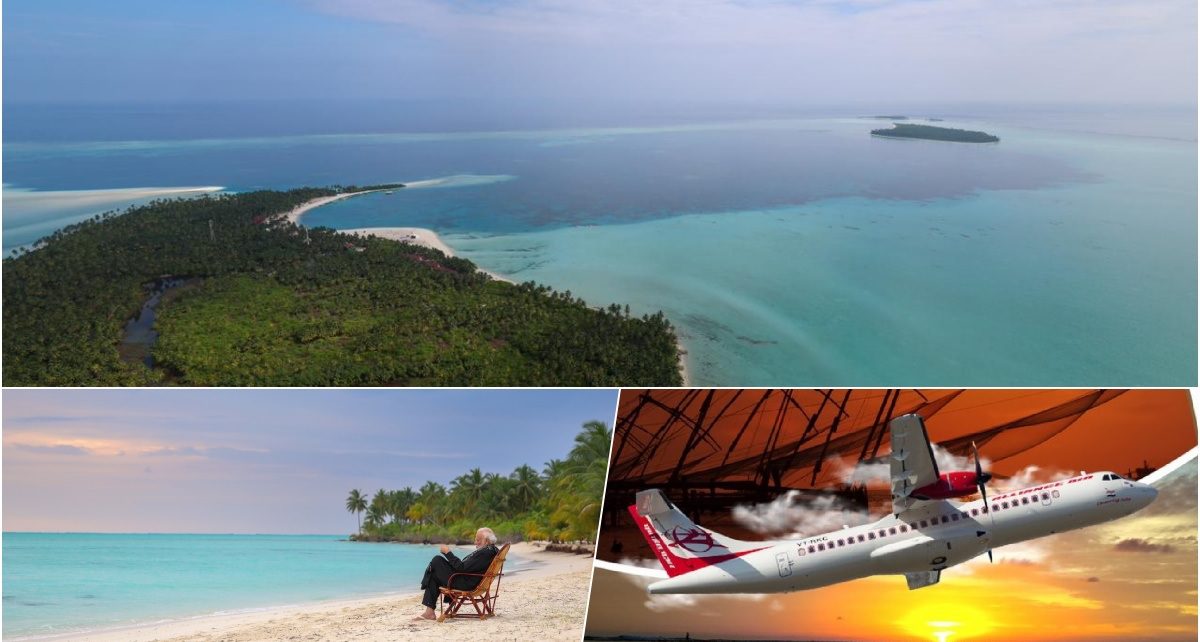
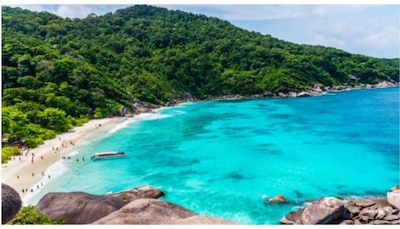

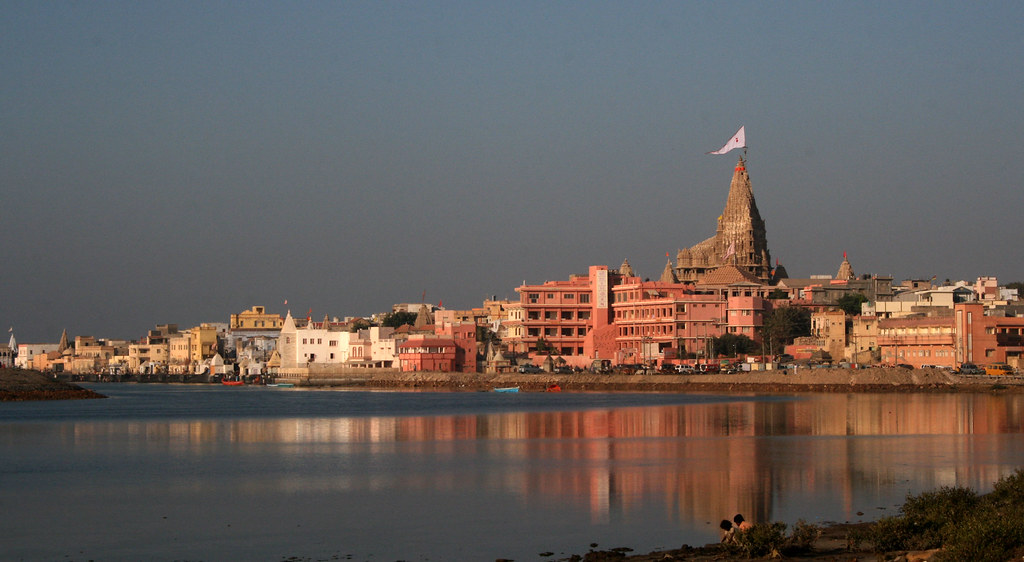
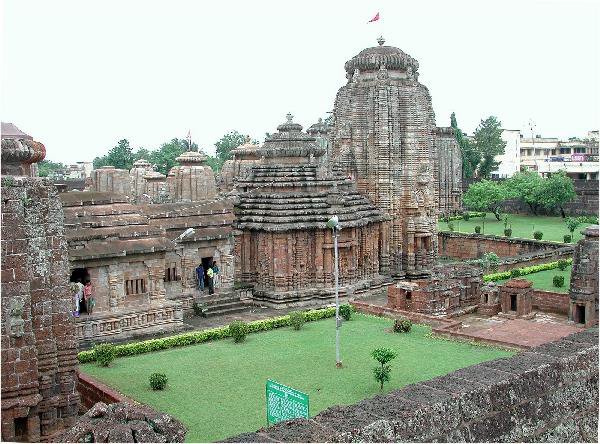
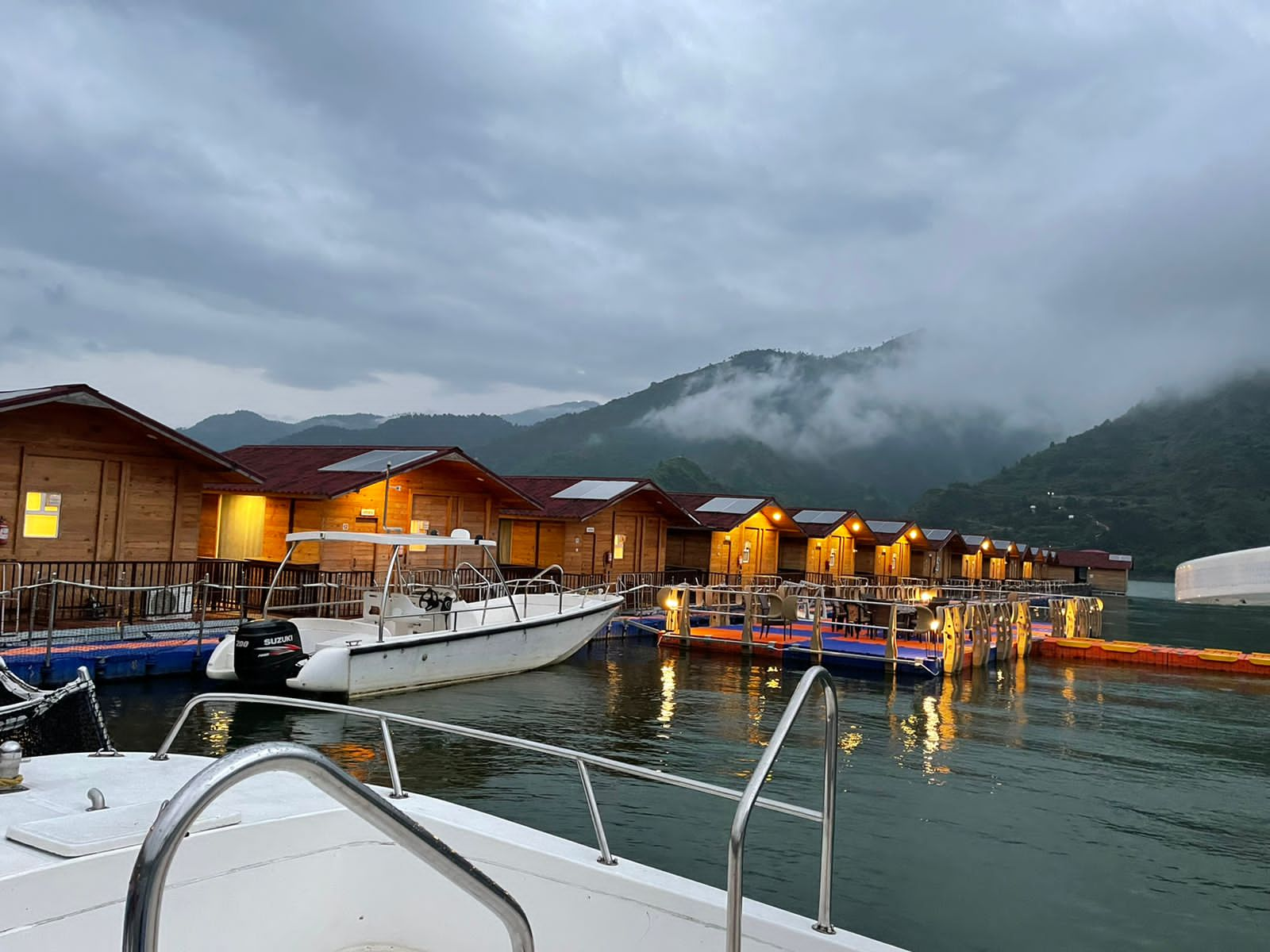
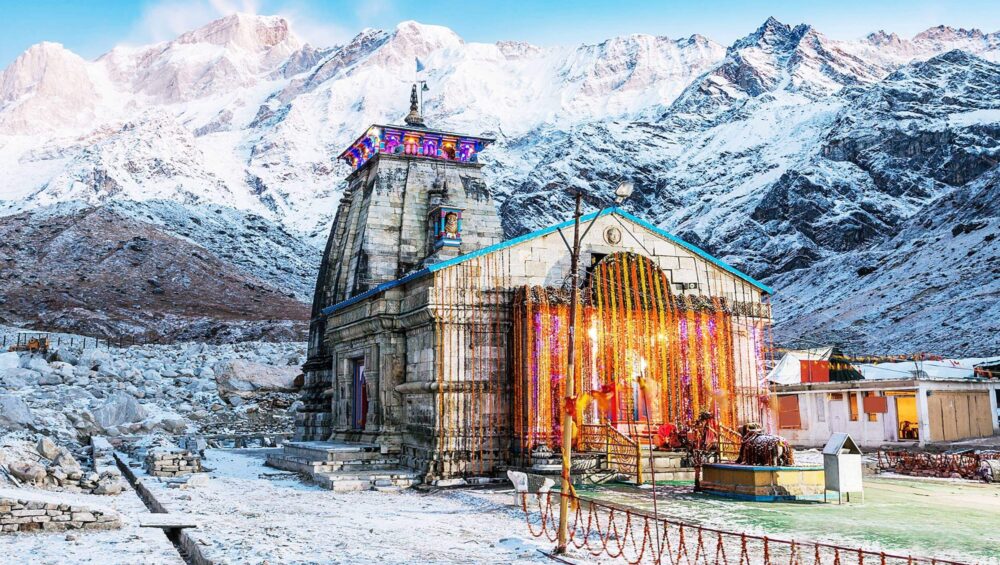
Comments
LEAVE A REPLY
Your email address will not be published